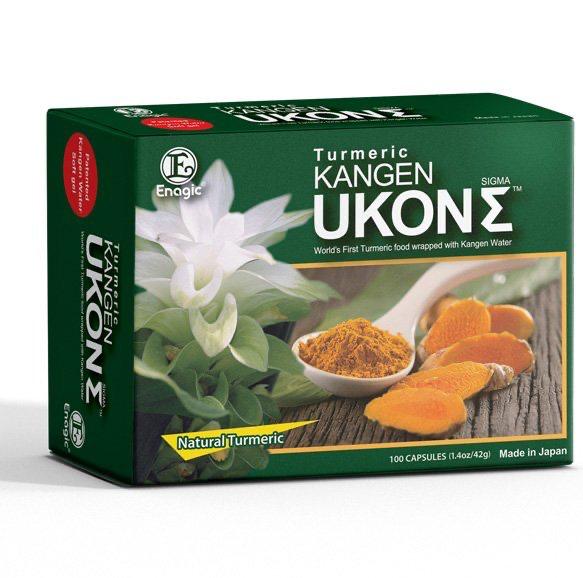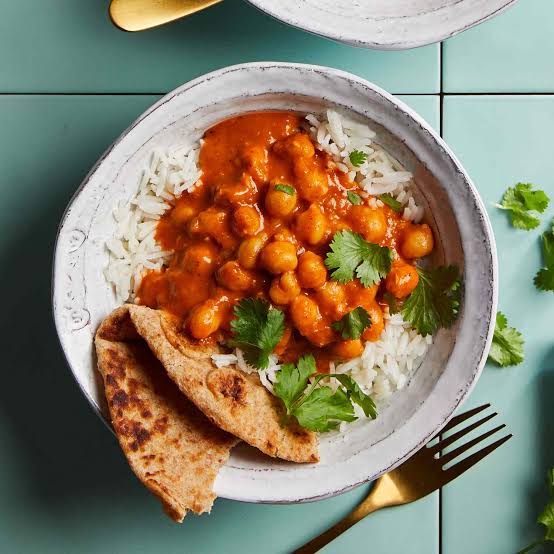The 6 Best Foods for Low Blood Pressure
The 2020-2025 Dietary Guidelines for Americans recommends limiting sodium intake to no more than 2,300 milligrams per day, but individuals with hypotension may need to modify their intakes to include a bit more. According to Lauren Manaker, M.S., RDN, LD, a registered dietitian nutritionist at Nutrition Now Counseling and author, “Increasing salt intake can sometimes help treat low blood pressure. This is due to water retention in blood vessels from the higher salt intakes that causes your blood pressure to rise.”
A 2020 study published in Current Hypertension Reports found that foods that contain licorice may increase blood pressure; however, experts advise against going to stock up on candy, cookies and gum prepared with this ingredient or even the foods on store shelves with the highest sodium content. Instead, health experts recommend you choose wisely, focusing on nutrient-dense foods that contain sodium alongside other nutrients, too.
Consider adding these six foods to your next grocery haul to help manage low blood pressure.
READ ALSO 15 Elements of mental fitness success at your fingertips
1. Canned Beans
 Learn More
Learn MoreWhen you open a can of beans, one of the first things you may do is grab your colander and rinse the beans under cool, running water to decrease sodium by as much as 41%. However, those with hypotension may want to skip the water rinse. You can still reap the nutritional benefits canned beans offer like plant-based protein, dietary fiber, potassium and iron while delivering your body 450 milligrams of sodium per ½-cup serving. Canned beans also make a great post-workout fuel source to help you get enough protein, carbohydrates and electrolytes like sodium and potassium.
2. Canned Tuna
Deficiency of vitamin B12 and/or folate can cause megaloblastic anemia, a condition in which red blood cells become extremely large but are not fully developed. One of the complications of megaloblastic anemia is low blood pressure, as blood cannot efficiently deliver oxygen and nutrients to your body.
Thankfully, many foods contain both vitamin B12 and folate, like animal proteins and fortified foods. Ruder recommends canned tuna as a great option, as it not only packs 648 mg of sodium per 5-ounce can, but it also contains vitamin B12, folate and omega-3 fatty acids. A 2017 study published in Aging and Mental Health investigated roughly 1,000 community-living older adults and found that those who had hypotension also were at an increased risk for developing cognitive impairment later in life. Given the important role omega-3 fatty acids have in brain health, choosing foods like canned tuna is a win-win for both low blood pressure and cognitive health.

3. Cottage Cheese
Another favorite of Ruder’s is cottage cheese. One half-cup serving of 2% fat cottage cheese provides 321 mg of sodium, making it a great base for a snack to incorporate into your meal plan. Top it with antioxidant-rich fruits, like blueberries, and heart-healthy fats, like nuts, to reap even more nutritional bang per bite (and a little more sodium, too).
READ ALSO 🔺15 Elements of entrepreneurial success at your fingertips
4. Fortified Breakfast Cereal
Both Ruder and Wallace recommend using fortified foods that pack a punch of nutrition, such as fortified breakfast cereal. Choose those that are fortified with vitamin B12 and folate to help you maintain a healthy blood pressure. And try to limit intake of breakfast cereals that are high in added sugar, as eating them can lead to sharp spikes and subsequent crashes in blood sugar. Fortified cereals may not contain a significant source of sodium (the USDA reports 1 cup of Cheerios contains just 140 mg), but they’re a great option to reap nutrient benefits alongside other foods in your eating pattern that contain sodium.
5. Olives
Olives make a wonderful addition to a diet for low blood pressure. Both Manaker and Ruder recommend including olives in a healthy eating pattern for those with low blood pressure. A 2020 review published in the Journal of Nutritional Science discussed the cardiovascular benefits that monounsaturated fats found in olives contribute to the diet, as well as antioxidant benefits coming from their vitamin E. Not to mention, a ¼-cup serving of green olives provides 530 mg of sodium. Combining olives with other lower-sodium foods, like lean proteins, whole grains, fruits and vegetables, is a great option to reap the heart-health benefits as well.
6. Salted Roasted Nuts
Another favorite of Ruder’s is roasted salted nuts. Given the decades of research that show their heart-health benefits, nuts are a delicious and nutritious food that is convenient to munch on. A 1-ounce serving of salted roasted pistachios contains 120 mg of sodium, per the USDA. While this amount of sodium is not considered high, it has more than the lightly salted or unsalted varieties that those with normal blood pressure or hypertension may choose. Plus, for those who struggle with hypotension, it’s easy to find a bag of salted nuts to snack on at most markets and vending machines.
“Remember, the goal of incorporating sodium-containing foods for managing blood pressure isn’t to fill your body with a load of salt at once,” shares Manaker. “But rather to provide your body with doses during each eating occasion.”













![The 17 Habits Of Truly Wealthy People That you can easily adopt now [Real powerful stuff]](https://worldfamilydigest.com/wp-content/uploads/2022/02/FA033A84-800B-424D-8DEA-2BB8AD9E91F6-100x70.jpeg)

